Home>Gardening & Outdoor>Outdoor Recreation & Activities>Why Does My Chest Hurt After Jumping On A Trampoline
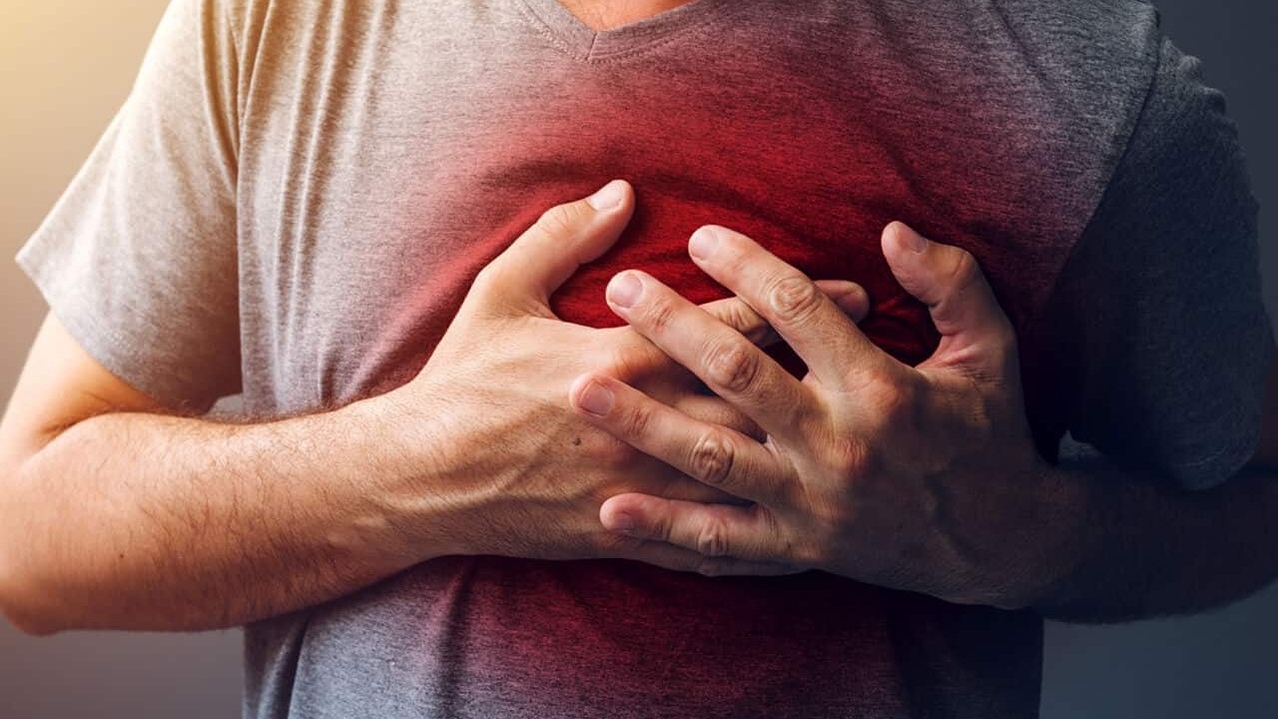

Outdoor Recreation & Activities
Why Does My Chest Hurt After Jumping On A Trampoline
Modified: January 4, 2024
Discover why jumping on a trampoline may cause chest pain and how to prevent it. Learn more about outdoor recreation and activities.
(Many of the links in this article redirect to a specific reviewed product. Your purchase of these products through affiliate links helps to generate commission for Storables.com, at no extra cost. Learn more)
**
Introduction
**
Trampolines have long been a source of joy and entertainment for people of all ages. The thrill of bouncing high into the air and experiencing a momentary sensation of weightlessness is undeniably exhilarating. However, for some individuals, this seemingly innocent activity can lead to unexpected discomfort. One common concern that arises is the experience of chest pain after jumping on a trampoline.
In this article, we will delve into the potential causes of chest pain resulting from trampoline jumping, offering insights into the physiological impact of this activity. Additionally, we will explore precautionary measures and tips to prevent chest pain, as well as guidelines for determining when medical attention is necessary.
Understanding the potential reasons behind chest pain from trampoline jumping can empower enthusiasts to make informed decisions about their physical activities. By shedding light on this topic, we aim to enhance the safety and enjoyment of trampoline-related recreation for all individuals.
Key Takeaways:
- Trampoline jumping can cause chest pain due to muscle strain, impact-related discomfort, and cardiovascular stress. Proper warm-up, technique, and rest can prevent discomfort, while seeking medical help is crucial for severe symptoms.
- Understanding the physical impact of trampoline jumping on the chest can empower individuals to take proactive measures to minimize discomfort and promote safe and enjoyable trampoline experiences.
Understanding the Impact of Trampoline Jumping on the Chest
Trampoline jumping involves repeated and forceful movements that can exert significant pressure on the body, particularly the chest area. When a person jumps on a trampoline, the impact of landing and the subsequent rebounding motion can lead to a range of physiological responses within the body.
One primary impact of trampoline jumping on the chest is the compression and expansion of the ribcage. As individuals bounce on the trampoline surface, their ribcage experiences rapid compression upon landing, followed by a quick expansion as they rebound into the air. This cyclic compression and expansion can place strain on the chest muscles, particularly if the individual engages in prolonged or vigorous jumping sessions.
Furthermore, the act of jumping on a trampoline necessitates the engagement of various muscle groups, including those in the chest and upper body. These muscles work to stabilize the body and facilitate the jumping motion, leading to increased tension and potential fatigue within the chest region.
Additionally, the rhythmic bouncing on a trampoline can elevate the heart rate and respiratory rate, leading to heightened cardiovascular activity. This increased physiological demand on the heart and lungs can contribute to sensations of chest discomfort, especially for individuals who may have preexisting cardiovascular conditions or respiratory issues.
Moreover, the landing impact and subsequent rebounding motion on a trampoline can induce micro-trauma within the chest muscles and connective tissues. This micro-trauma, though typically minor, can manifest as localized discomfort or soreness in the chest area following trampoline jumping sessions.
It is essential to recognize that the impact of trampoline jumping on the chest can vary based on individual factors such as age, physical condition, and overall health. While many individuals may experience minimal to no discomfort, others may be more susceptible to chest pain or discomfort as a result of trampoline-related activities.
By understanding the physical impact of trampoline jumping on the chest, individuals can gain insight into the potential mechanisms underlying post-jumping chest pain. This awareness can serve as a foundation for implementing strategies to minimize discomfort and promote safe and enjoyable trampoline experiences.
Common Causes of Chest Pain from Trampoline Jumping
When individuals experience chest pain after engaging in trampoline jumping, several common causes may underlie this discomfort. Understanding these potential triggers can aid in identifying and addressing the source of the pain.
-
Muscle Strain: The repetitive and dynamic nature of trampoline jumping can lead to muscle strain within the chest region. The rapid compression and expansion of the ribcage, coupled with the engagement of chest muscles to stabilize the body during jumping, can contribute to muscle fatigue and discomfort.
-
Impact-related Discomfort: The impact of landing on the trampoline surface, especially during vigorous or prolonged jumping sessions, can lead to discomfort in the chest area. The force exerted upon landing can transmit through the body, potentially causing localized soreness or discomfort in the chest muscles and connective tissues.
-
Cardiovascular Stress: Trampoline jumping can elevate the heart rate and respiratory rate, placing increased demand on the cardiovascular system. Individuals with underlying cardiovascular conditions or those who engage in intense jumping activities may experience chest pain related to heightened cardiovascular stress.
-
Respiratory Factors: The rhythmic bouncing and altered gravitational forces experienced during trampoline jumping can impact respiratory function. Individuals may experience chest discomfort if they have preexisting respiratory conditions or if the rapid breathing induced by jumping leads to respiratory muscle fatigue.
-
Poor Jumping Technique: Improper jumping form or technique can contribute to chest discomfort. Landing heavily on the trampoline without adequate shock absorption or failing to maintain proper body alignment during jumps can increase the risk of chest strain and discomfort.
It is important to note that while chest pain following trampoline jumping can often be attributed to benign causes such as muscle strain or impact-related discomfort, it is crucial to differentiate between normal post-exercise soreness and potentially concerning symptoms. Any persistent or severe chest pain, especially if accompanied by additional symptoms such as shortness of breath, dizziness, or palpitations, should prompt immediate medical attention to rule out more serious underlying issues.
By recognizing the common causes of chest pain from trampoline jumping, individuals can take proactive measures to minimize discomfort and promote safe and enjoyable trampoline experiences. Implementing proper jumping techniques, incorporating adequate rest periods, and being mindful of individual physical limitations can contribute to a more comfortable and rewarding trampoline activity.
If your chest hurts after jumping on a trampoline, it could be due to the impact on your chest muscles and ribs. Make sure to warm up before jumping and avoid overexerting yourself. If the pain persists, it’s best to consult a doctor.
Precautions and Tips for Preventing Chest Pain
Implementing precautionary measures and adhering to essential tips can significantly reduce the likelihood of experiencing chest pain following trampoline jumping. By prioritizing safety and mindful engagement, individuals can foster a more comfortable and enjoyable trampoline experience while mitigating the risk of chest discomfort.
-
Proper Warm-up and Stretching: Before engaging in trampoline jumping, it is crucial to perform a thorough warm-up and engage in stretching exercises that specifically target the chest and upper body muscles. This preparatory routine can help reduce the risk of muscle strain and discomfort during jumping sessions.
-
Focus on Technique: Emphasizing proper jumping technique, including maintaining good posture, landing softly with bent knees, and distributing the impact of each landing across the body, can minimize the strain on the chest muscles and associated discomfort.
-
Moderation and Rest Intervals: Avoiding prolonged or excessively intense jumping sessions is essential for preventing chest pain. Incorporating regular rest intervals during trampoline activities can allow the chest muscles to recover and reduce the likelihood of overexertion-related discomfort.
-
Hydration and Breathing Awareness: Staying well-hydrated and maintaining conscious breathing patterns during trampoline jumping can support optimal cardiovascular and respiratory function, potentially reducing the risk of chest discomfort related to dehydration or respiratory fatigue.
-
Gradual Progression: For individuals new to trampoline jumping or those returning to the activity after a hiatus, gradually increasing the intensity and duration of jumping sessions can help the body adapt and minimize the likelihood of experiencing chest pain due to abrupt physical demands.
Additionally, individuals with preexisting cardiovascular or respiratory conditions should consult with a healthcare professional before engaging in trampoline jumping to assess the suitability of this activity and receive personalized recommendations for minimizing potential chest discomfort.
By integrating these precautions and tips into trampoline-related activities, individuals can proactively safeguard their chest health and well-being while partaking in the exhilarating and energizing experience of trampoline jumping.
When to Seek Medical Help
While chest discomfort following trampoline jumping can often stem from benign causes such as muscle strain or impact-related soreness, there are instances where seeking medical attention is crucial to ensure the well-being of individuals. Recognizing the signs and symptoms that warrant medical evaluation is essential for promptly addressing potential health concerns.
It is imperative to seek medical help if the chest pain experienced after trampoline jumping is severe, persistent, or accompanied by additional concerning symptoms. These symptoms may include:
-
Shortness of Breath: Difficulty breathing or a sensation of breathlessness, especially when at rest or during minimal exertion, necessitates immediate medical assessment to rule out respiratory or cardiovascular issues.
-
Dizziness or Lightheadedness: Feeling lightheaded, dizzy, or experiencing unexplained faintness in conjunction with chest pain indicates the need for urgent medical attention to assess cardiovascular function and overall health.
-
Palpitations or Irregular Heartbeat: Sensations of rapid, irregular, or fluttering heartbeats, particularly if concurrent with chest discomfort, warrant prompt medical evaluation to investigate potential cardiac irregularities.
-
Radiating Pain: Chest pain that radiates to the arms, neck, jaw, or back can be indicative of serious cardiovascular issues such as a heart attack and requires immediate medical intervention.
-
History of Cardiac or Respiratory Conditions: Individuals with a history of heart disease, high blood pressure, asthma, or other significant cardiac or respiratory conditions should promptly consult a healthcare professional if they experience chest pain after trampoline jumping, even if the symptoms appear mild.
It is essential to emphasize that any persistent, severe, or concerning chest pain should not be dismissed or attributed solely to trampoline-related activities. Seeking medical help in a timely manner can facilitate accurate diagnosis and appropriate management of potential underlying health issues, ensuring the well-being of individuals engaging in physical activities, including trampoline jumping.
By remaining vigilant and responsive to the warning signs associated with chest discomfort, individuals can prioritize their health and safety, seeking the necessary medical guidance and care when warranted.
Conclusion
Trampoline jumping, with its inherent excitement and physical engagement, offers a delightful recreational activity for individuals of various ages. However, the potential for experiencing chest pain following trampoline jumping underscores the importance of understanding the physiological impact of this activity and implementing measures to promote safety and comfort.
By comprehending the factors that contribute to chest discomfort after trampoline jumping, individuals can proactively address these concerns and cultivate a more enjoyable and sustainable trampoline experience. Emphasizing proper warm-up, technique, moderation, and awareness of individual physical limitations can significantly reduce the risk of chest pain and related discomfort.
Moreover, recognizing the significance of seeking medical help when encountering severe or concerning chest pain is pivotal for safeguarding overall health and well-being. Being attuned to the warning signs that necessitate medical evaluation empowers individuals to prioritize their health and address potential underlying health issues promptly.
Ultimately, by fostering awareness, mindfulness, and informed engagement, individuals can partake in the exhilarating and uplifting activity of trampoline jumping while minimizing the risk of post-jumping chest pain. This collective effort to prioritize safety and well-being contributes to a more fulfilling and enriching trampoline experience for enthusiasts of all ages.
Through a blend of knowledge, precaution, and attentiveness, individuals can continue to delight in the boundless fun and vitality that trampoline jumping offers, while nurturing a sense of well-being and vitality.
Frequently Asked Questions about Why Does My Chest Hurt After Jumping On A Trampoline
Was this page helpful?
At Storables.com, we guarantee accurate and reliable information. Our content, validated by Expert Board Contributors, is crafted following stringent Editorial Policies. We're committed to providing you with well-researched, expert-backed insights for all your informational needs.

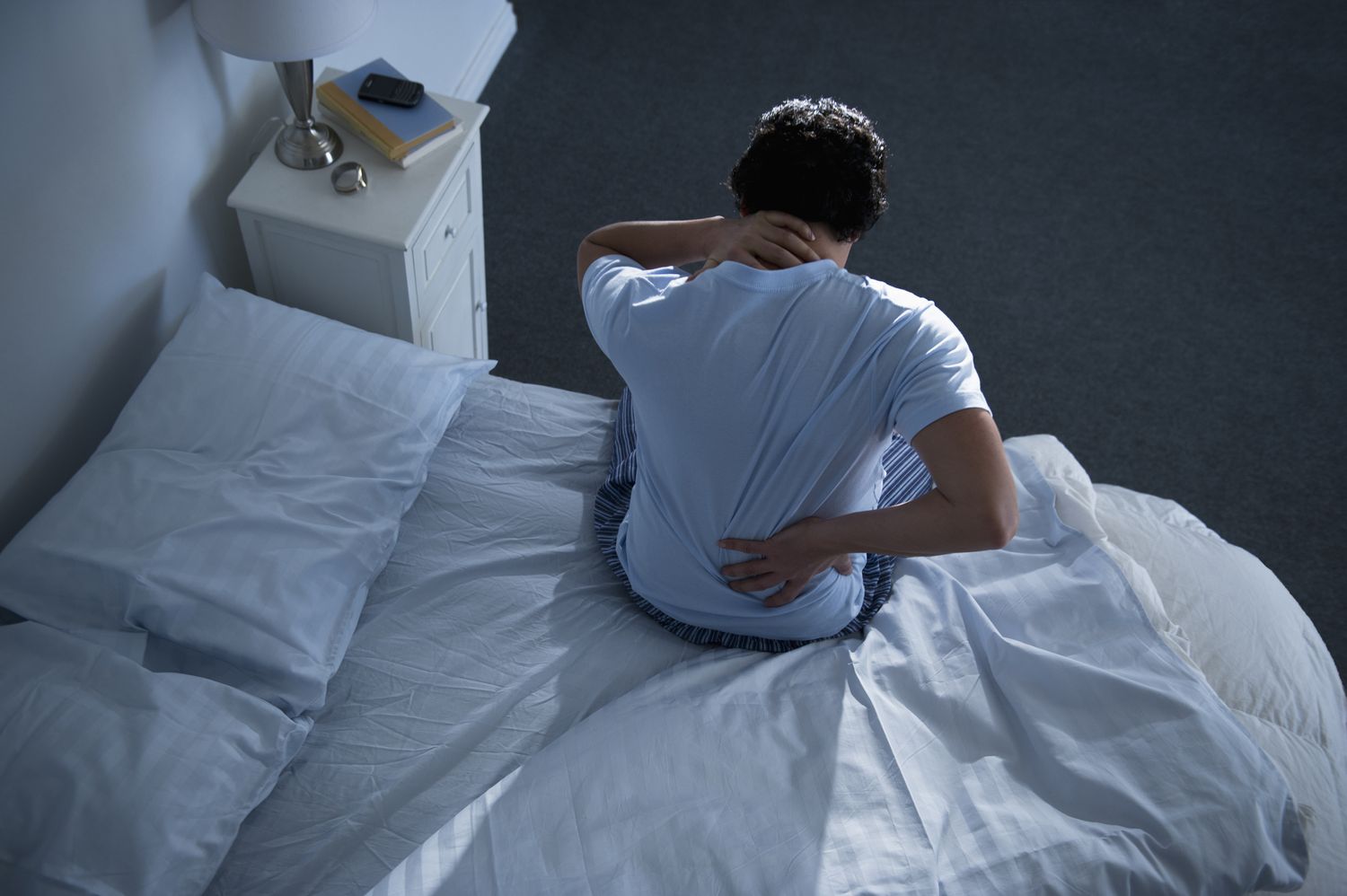

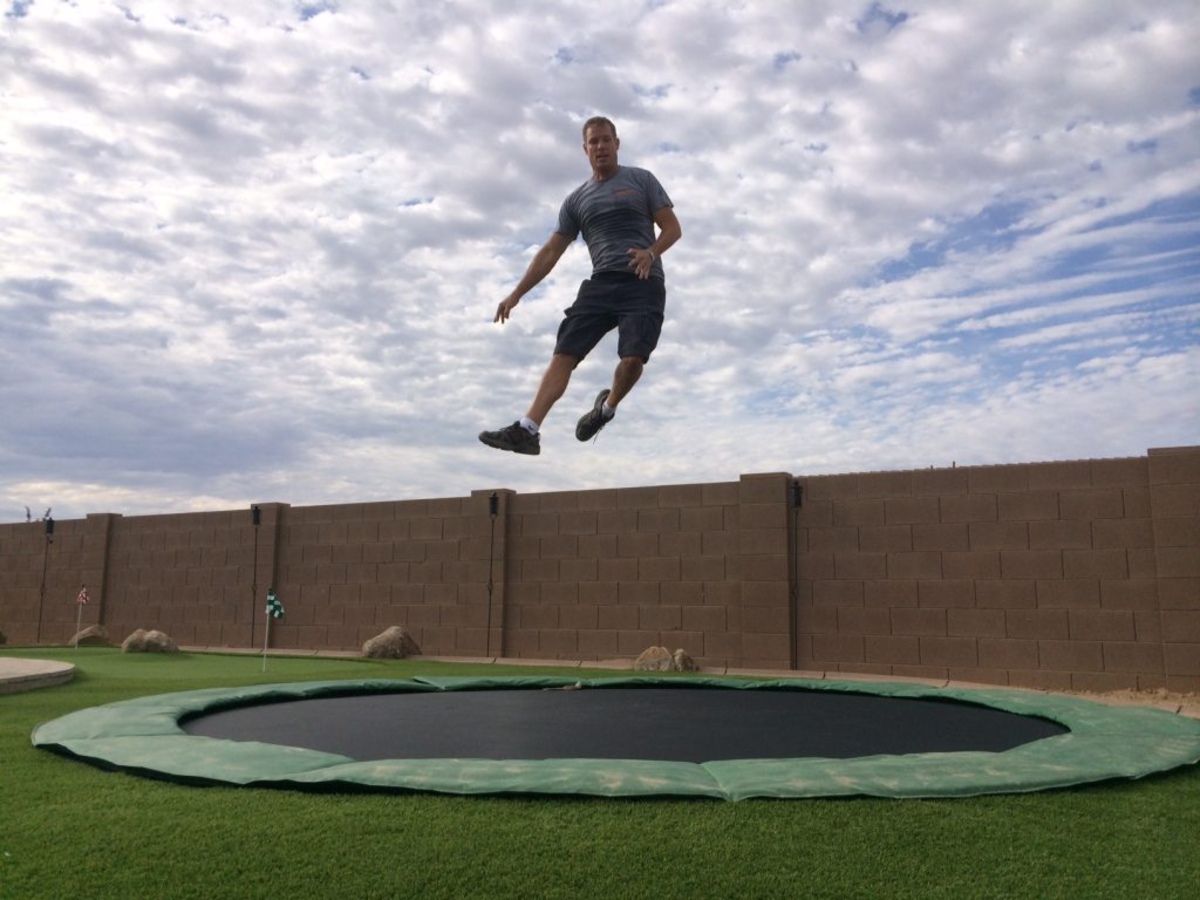
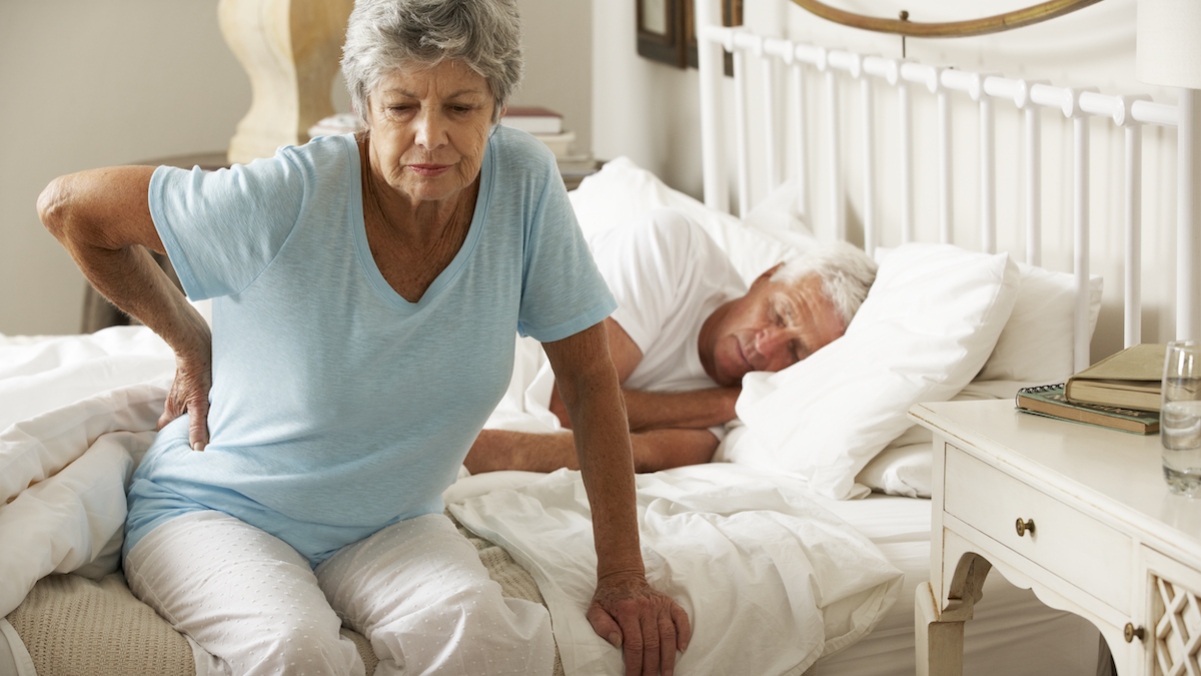

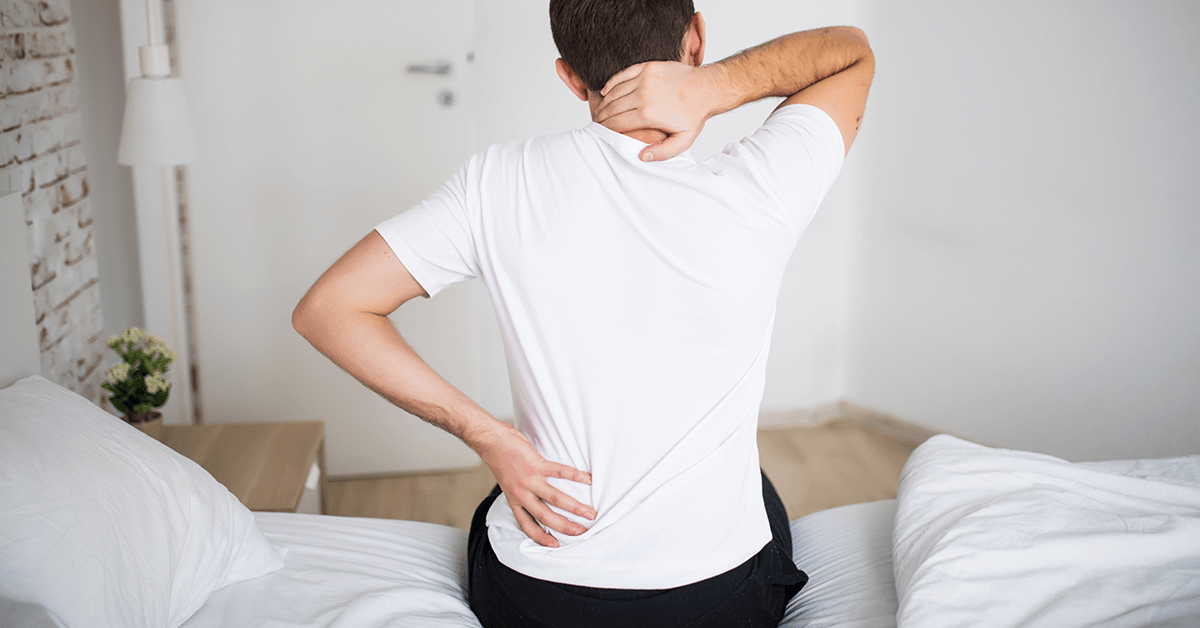

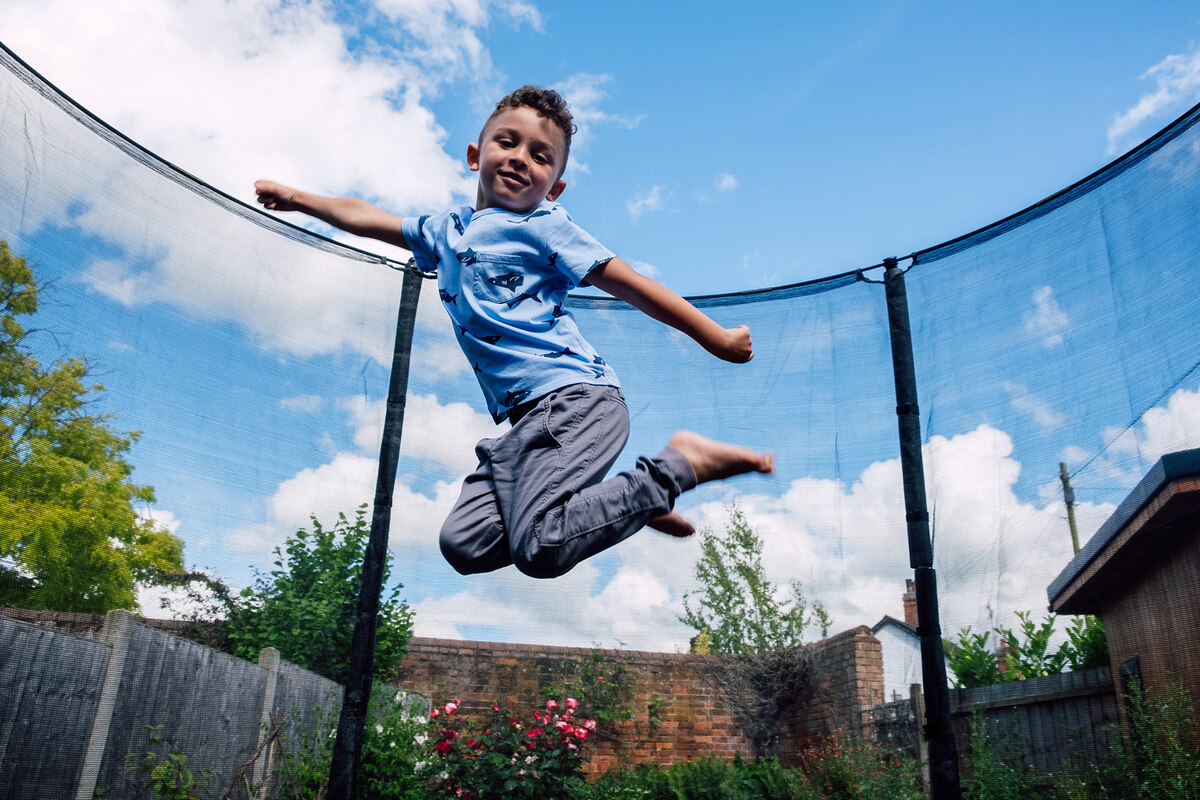

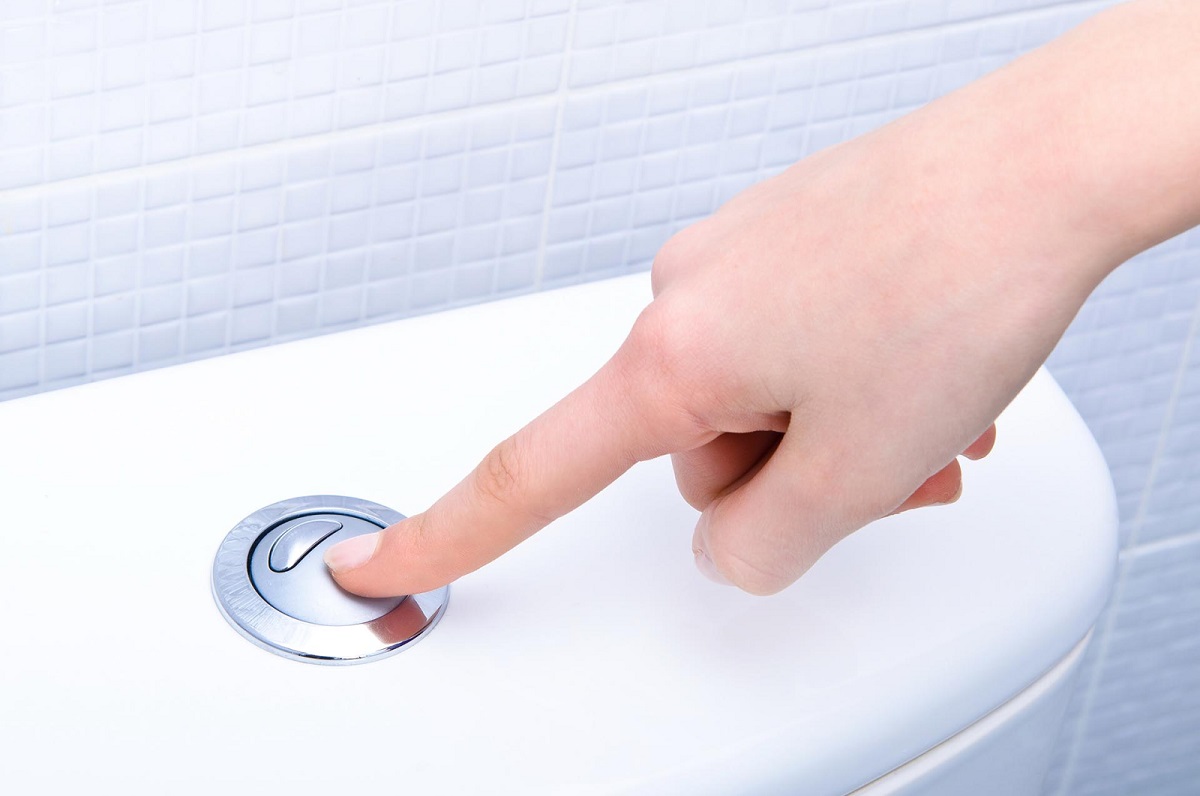

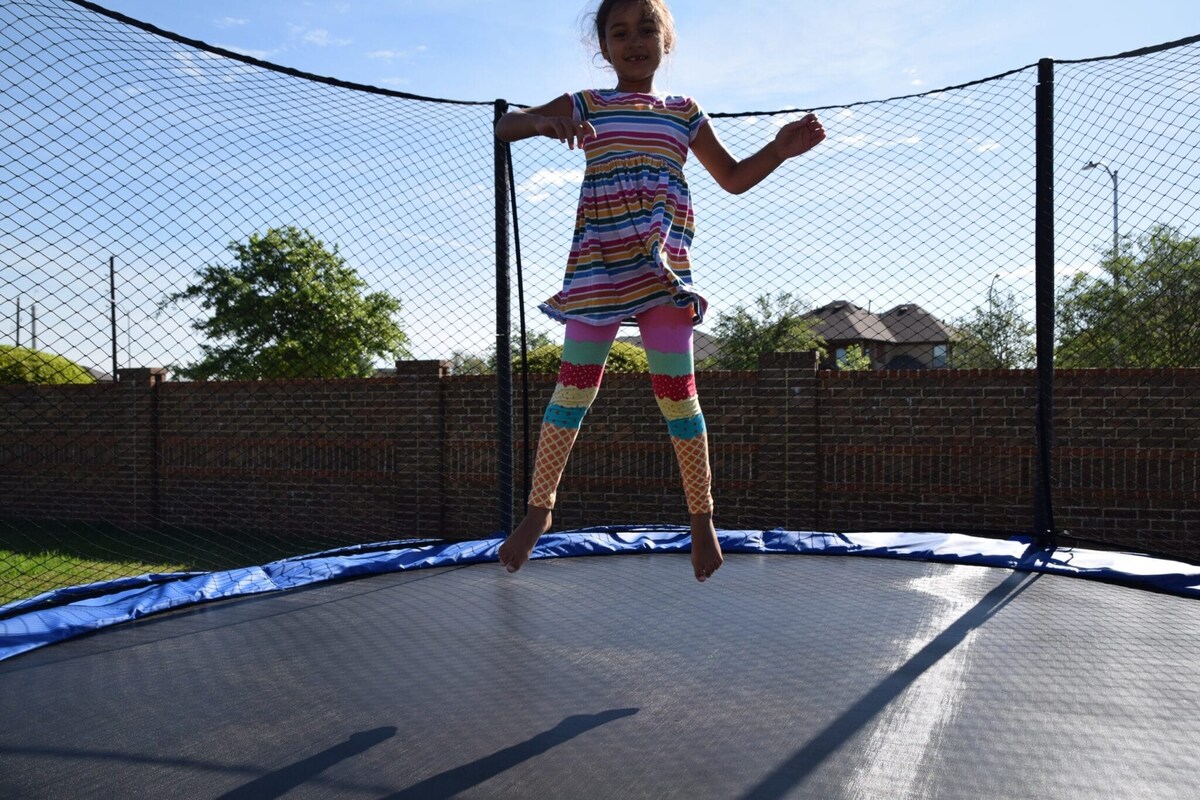


0 thoughts on “Why Does My Chest Hurt After Jumping On A Trampoline”